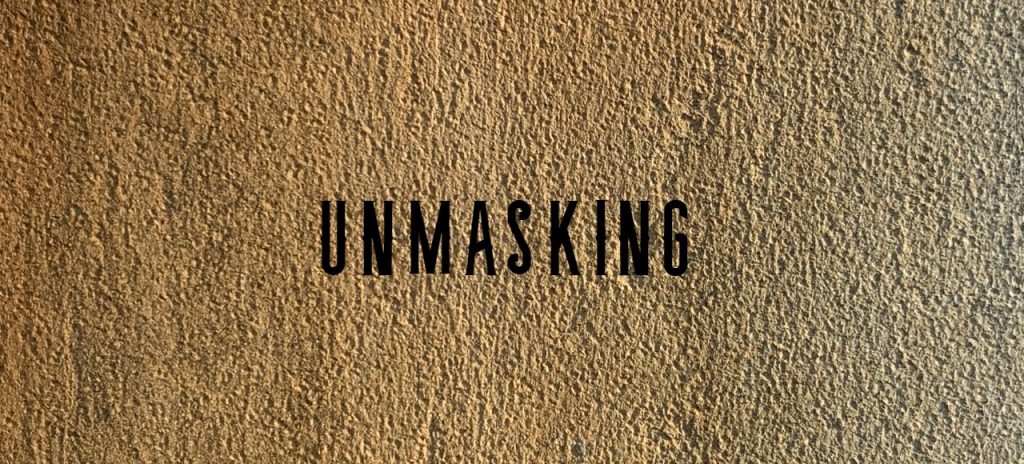
A recent case addressed the problem of identifying unknown online copyright infringers. Plaintiff sued some unknown “John Doe” defendants who infringed plaintiff’s copyrights. To keep the lawsuit moving forward, plaintiff needed to serve the complaint on the defendants. But this presented a challenge, since plaintiff did not know to whom it should deliver the documents. So plaintiff filed a motion with the court, asking for permission to send interrogatories and to take depositions that would help unmask the anonymous infringers. Plaintiffs sought to get information from parties including PayPal, Cloudflare and various domain name registrars. The court’s response provides guidance to parties seeking to learn the identities of unknown parties.
To identify unknown online copyright infringers: early discovery
The rules of procedure in federal court do not permit discovery requests until the parties have had an initial conference with each other. But they cannot have that conference if the defendant is unknown. So the plaintiff needs to send discovery requests earlier than what the rules generally allow. It needs the court’s permission to do so.
A court will not permit early discovery in every instance. But courts have made exceptions, permitting limited discovery after a plaintiff files the complaint to permit the plaintiff to learn the identifying facts necessary to permit service on the defendant. Courts allow these requests upon a showing of good cause.
What constitutes good cause for early discovery?
This court applied the three part test for good cause set out more than 20 years ago in the case of Columbia Ins. Co. v. Seescandy.com, 185 F.R.D. 573 (N.D. Cal. 1999). The party seeking early discovery should be able to:
- Identify the missing party with sufficient specificity such that the court can determine that the defendant is a real person or entity who could be sued in federal court;
- Identify all previous steps taken to locate the elusive defendant; and
- Establish to the court’s satisfaction that the suit against defendant could withstand a motion to dismiss.
Early discovery was appropriate in this case
Under the first prong of the test, the court found that plaintiff identified the missing parties with as much clarity as possible. Plaintiff stated that those missing parties were persons or entities, and that those parties had been observed and documented as infringing on plaintiff’s copyrights. Thus, as real persons or entities, those Doe parties could be sued in federal court.
As for the second prong, the only information plaintiff had regarding the defendants was the existence of accounts relating to the operations of the defendants’ websites. Therefore, there were no other measures plaintiff could take to identify the defendants other than to obtain their identifying information from the parties from whom it was sought.
Finally, on the third prong, for identifying unknown copyright infingers, the court found that plaintiff had pled the required elements of direct and contributory copyright infringement. Plaintiff claimed (1) it owned and had registered the copyrighted work at issue in the case; (2) defendants knew of the infringing activity and were conscious of their infringement; and (3) defendants actively participated in this infringement by inducing, causing and contributing to the infringement of plaintiff’s copyrighted work. Since plaintiff had alleged each of these elements properly, this cause of action could withstand a motion to dismiss.
MG Premium Ltd. v. Does, 2020 WL 1675741 (W.D. Wash. April 6, 2020)
Related:
